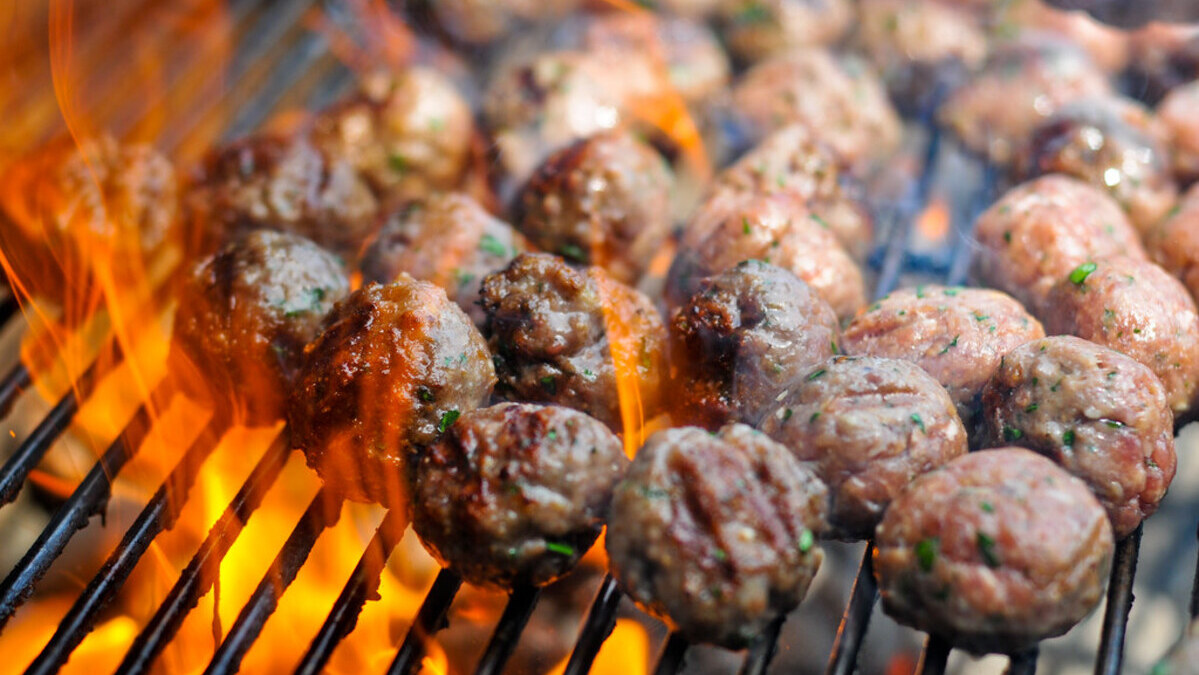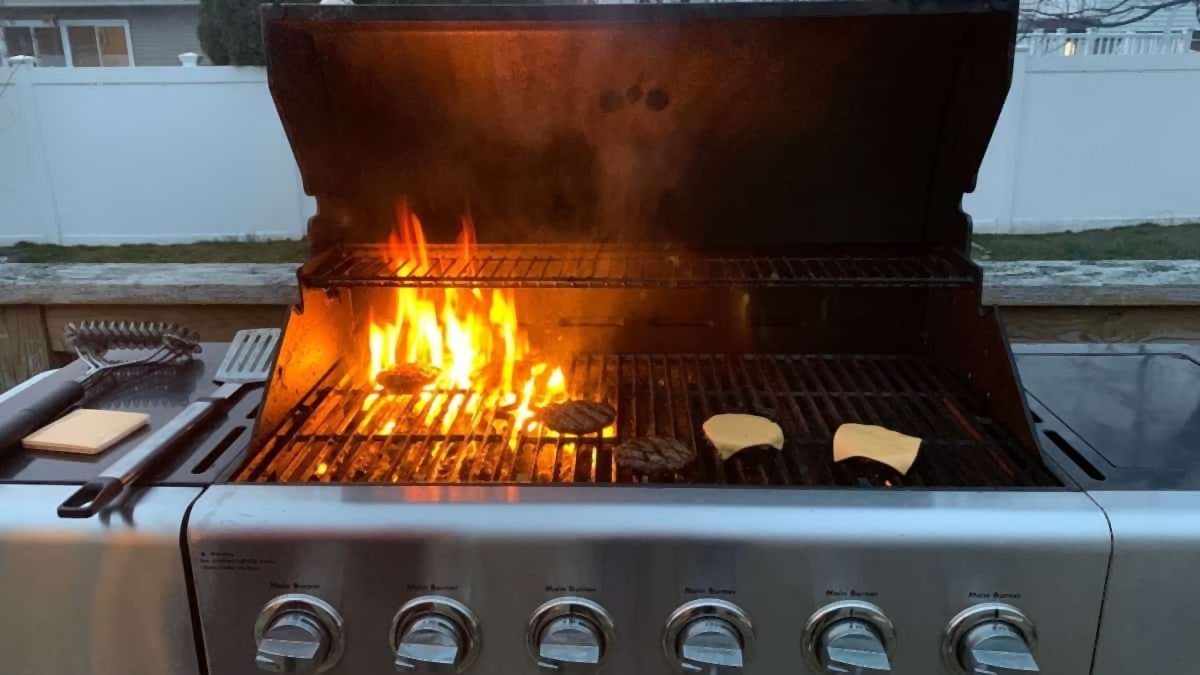Taming the Flames: A Guide to Grill Flare-Up Control
Grilling is a beloved cooking method, but even seasoned cooks encounter the frustrating issue of flare-ups. Those sudden bursts of flame aren’t just a nuisance; they can quickly ruin a perfectly good meal, leaving you with charred exteriors and unevenly cooked food. Understanding what causes these fiery incidents is the first step towards mastering your grill and consistently delivering delicious results. Flare-ups happen when fat and oil render from the food and drip onto the heat source, instantly igniting. Several factors contribute, including the cut of meat, grilling temperature, and even the cleanliness of your grill itself.


